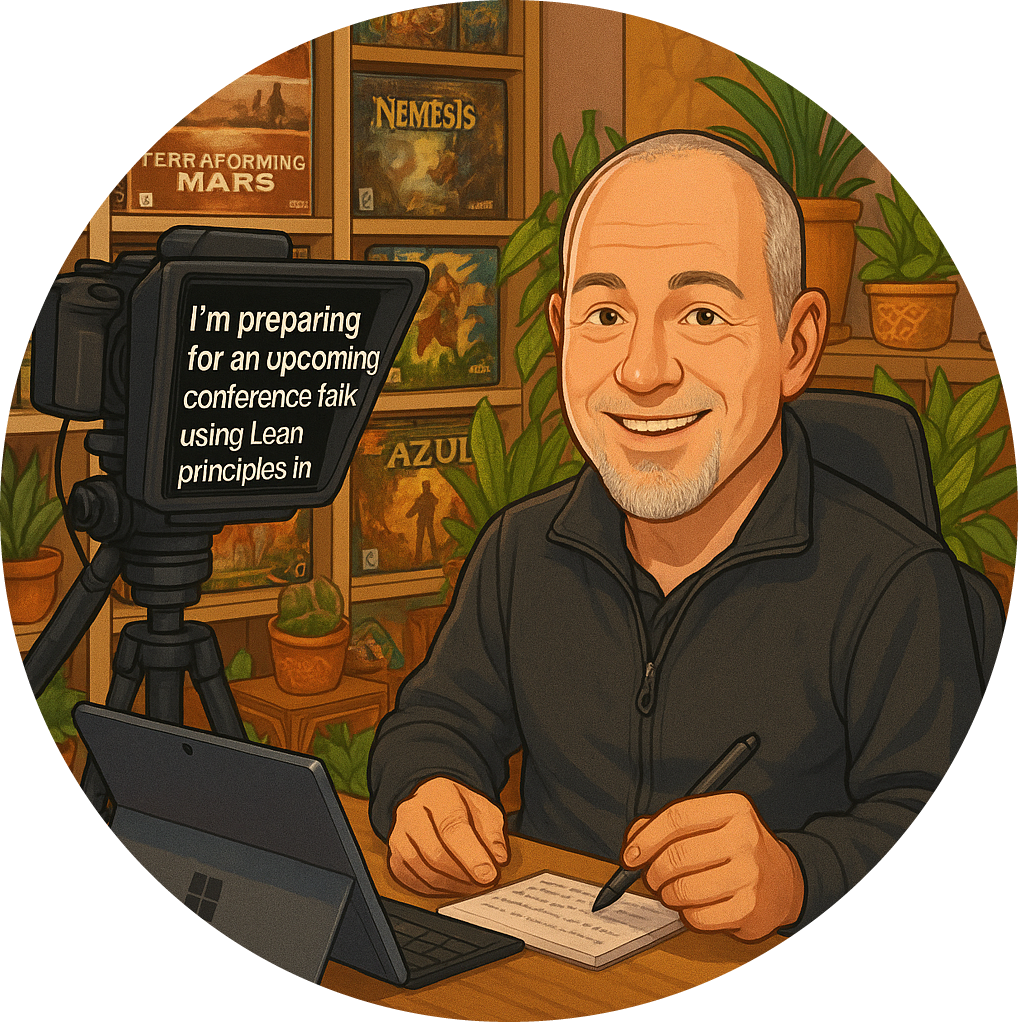In today’s fast-paced and ever-changing business environment, agility is more than just a buzzword, it’s a necessity. Yet, many organizations fall into the trap of enforcing rigid, one-size-fits-all processes that stifle creativity, innovation, and efficiency. Let’s explore why it’s crucial to empower teams to tailor their processes to their unique contexts, even if it means deviating from company-wide standards.
The Power of Tailoring Processes
One of the most critical questions to ask leadership about their way of working is whether their teams are empowered to change their processes based on what they learn. This is not just a theoretical exercise, it’s a practical necessity for any group of people to work as effectively as possible.
Why One Size Doesn’t Fit All
Every team is different. Even if two teams are working on the same product, their approaches may need to vary to maximize their effectiveness. While general guidelines, like how to interact with customers or the cadence of delivery, are essential, these should not be rigid constraints. Instead, teams should be empowered to adjust their processes based on their unique challenges and the lessons they learn along the way.
For example, what works for Team A might not work for Team B. Forcing a uniform process across diverse teams can lead to unnecessary waste and frustration. Empowering teams to tailor their processes can significantly enhance their ability to deliver value.
Real-World Consequences of Rigid Processes
I’ve seen firsthand how rigid processes can create waste and hinder innovation. Early in my career, I worked at Merrill Lynch, where a “one-size-fits-all” approach was imposed across the organization. This approach, driven by the needs of a trading desk, became the standard for every software development project, regardless of its relevance.
A Case of Overkill: My Experience at Merrill Lynch
At Merrill Lynch, I was tasked with building a small CRM system for a team of about 20 salespeople. The system was straightforward: a desktop application that allowed the team to quickly access customer information, make calls, and log interactions. However, the process imposed on us was anything but simple.
Here are some of the constraints we had to work within:
Architectural Sign-Off: Before starting, we had to get the architecture signed off, and any changes required additional approvals. This meant that even minor adjustments had to go through a lengthy review process, causing significant delays.
Pentesting Requirements: Although our system was internal and the data had minimal security implications, we were required to conduct a full pentest, costing us $20,000. This was an unnecessary expense for a system with low risk.
Infrastructure Overhead: We had to deploy the system across multiple environments (Dev, Test, UAT, Production), each requiring its own set of servers. The monthly cost for this infrastructure was about $33,000, an exorbitant amount for a system used by just 20 people.
These constraints led to significant waste and frustration. Instead of focusing on delivering value to the customer, we were bogged down by processes designed for a completely different context.
The Pitfall of a “One-Size-Fits-All” Approach
The situation at Merrill Lynch is a perfect example of how a “one-size-fits-all” approach can lead to waste. The processes that were valuable for a trading desk were overkill for a small CRM system. This inflexibility not only slowed us down but also cost the organization money and delayed delivering value to the end-users.
Moreover, our team was adopting modern engineering practices , including continuous delivery . However, because the organization’s processes did not accommodate this approach, we were penalized. For instance, if we didn’t submit a change request for deployment more than six weeks in advance, it was considered an emergency, and we received a “black mark” against our name. This punitive approach was counterproductive and discouraged innovation.
The Importance of Empowering Teams
The story above highlights why it’s crucial for teams to be empowered to change their processes based on what they learn. This empowerment is the foundation of true agility. When teams can adapt their processes to their specific context, they can:
Maximize Value: By tailoring processes to their needs, teams can focus on delivering the most value to customers.
Minimize Waste: Empowering teams to eliminate unnecessary steps or overhead ensures that resources are used efficiently.
Foster Innovation: When teams are free to experiment and adapt, they are more likely to develop innovative solutions to complex problems.
How to Assess Your Organization’s Agility
So, how can you assess whether your organization is truly agile? A tool I’ve found helpful is the U.S. Department of Defense’s “Detecting Agile BS” guide. This guide poses six critical questions to determine if your organization is genuinely practicing agility or just going through the motions.
Six Key Questions for Self-Reflection:
Are your teams empowered to change their processes based on what they learn?
Does your organization support continuous delivery and modern engineering practices?
Is there a culture of experimentation and learning, where teams are encouraged to try new approaches?
Are teams held accountable for delivering value, not just following a process?
Is there a focus on minimizing waste and maximizing value?
Does your organization reward innovation and continuous improvement ?
If the answer to any of these questions is “no,” then your organization may not be as agile as it thinks. But this isn’t about pointing fingers or assigning blame, it’s an opportunity for self-reflection and improvement.
Moving Towards True Agility
True agility isn’t about blindly following a set of rules or adhering to a rigid process. It’s about continuously learning, adapting, and improving. It’s about empowering teams to make decisions that maximize value and minimize waste. And most importantly, it’s about creating an environment where innovation and creativity can thrive.
Practical Steps to Empower Your Teams
Here are some practical steps you can take to empower your teams:
Encourage Experimentation: Allow teams to try new approaches and learn from their failures. This creates a culture of continuous improvement.
Minimize Bureaucracy: Reduce unnecessary approvals and processes that slow down progress. Trust your teams to make the right decisions.
Tailor Processes: Recognize that different teams have different needs. Allow them to tailor their processes to their unique context.
Focus on Value: Shift the focus from following a process to delivering value to the customer. Measure success by the value delivered, not by adherence to a process.
Final Thoughts: The Path to True Agility
Empowering teams to tailor their processes is not just a nice-to-have, it’s essential for true agility. When teams are free to adapt and innovate, they can deliver the most value to customers while minimizing waste. So, take a step back, reflect on your current practices, and ask yourself: Are we truly agile, or are we just going through the motions? By empowering your teams and embracing true agility, you’ll not only improve your organization’s performance but also create a more fulfilling and engaging work environment for everyone involved. And that’s a win-win for both your teams and your customers. 🚀





























